New Energy Code Aligns Well with LEED for Homes
On January 29th 2010, the Energy Efficient Building Act became effective in Illinois for most new residential construction and remodeling in Illinois. What does this mean for builders and project teams in Illinois? If you’re going to be constructing to the new building code, you are implementing many strategies that can earn credit in LEED for Homes.
The new statewide residential energy code was signed into law on August 28th 2009, and covers new construction as well as remodeling. The Code applies only to the portions of that structure that are being added, altered, renovated, or repaired. Illinois joins states such as Iowa, Pennsylvania, Montana and California.
The Energy Efficient Building Act adopts the requirements of the latest edition of the International Energy Code, which is currently the 2009 International Energy Conservation Code (IECC), also known as IECC 2009. Apart from a few exempted communities such as the City of Chicago, no local municipality has the authority to mandate energy requirements less than or greater than the requirements of the 2009 IECC.
So how does this new code match up with LEED for Homes? Well, the 2009 IECC reflects the good building practices people have been using to construct energy-efficient green homes such as a LEED home. In fact, IECC aligns very well with LEED for Homes prerequisites and the credit areas that earn points. Here is a matrix showing certain aspects of IECC and LEED for Homes:
|
LEED for Homes
|
IECC 2009
|
|
|
2 x 6 exterior studs or 1” rigid insulation (R-20)
|
Earn points
|
X
|
|
Insulation around foundation walls / slabs
|
Earn points
|
X
|
|
Ductwork must be sealed and tested
(Conditioned space / Unconditioned space) |
X / X
|
— / X
|
|
Ducts in unconditioned space insulated R-8
|
X (R-6)
|
X
|
|
50% of lighting be ENERGY STAR lighting
|
Earn points
|
X
|
|
Gasketed doors on wood-burning fireplaces
|
X
|
X
|
|
Blower door test for air infiltration
|
X
|
Easiest option
|
|
Programmable thermostat required on forced air system
|
—
|
X
|
Remember, LEED for Homes is built on the successful ENERGY STAR for Homes program, and the lower the HERS Score, the more points a building can receive in the Energy and Atmosphere credit area of LEED. And ENERGY STAR for Homes currently references IECC 2006 rather than IECC 2009.
What does this mean for builders and project teams in Illinois? If you’re already constructing to IL state code, you are implementing many strategies that can earn credit in LEED for Homes. And if you’re doing a blower door test, you’re already doing some of the testing and verification required in LEED for Homes. So why not receive recognition for your work? Since the learning curve will already be much shorter, going through the LEED certification process will give your homes extra market recognition, as well as marketing power in northern Illinois’ green MLS.
By the way, for those that need to learn more about the IECC 2009 provisions, there are many training opportunities around the state of Illinois being delivered by ICCsafe.org.

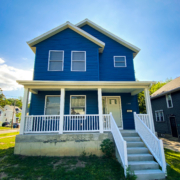

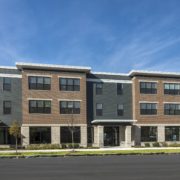
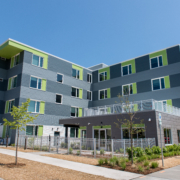
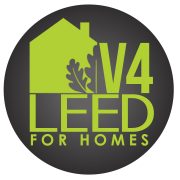

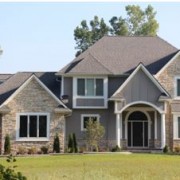



Thanks for sharing a detailed description about the IECC. Very informative and helpful for me. Keep posting more and do stay in touch.